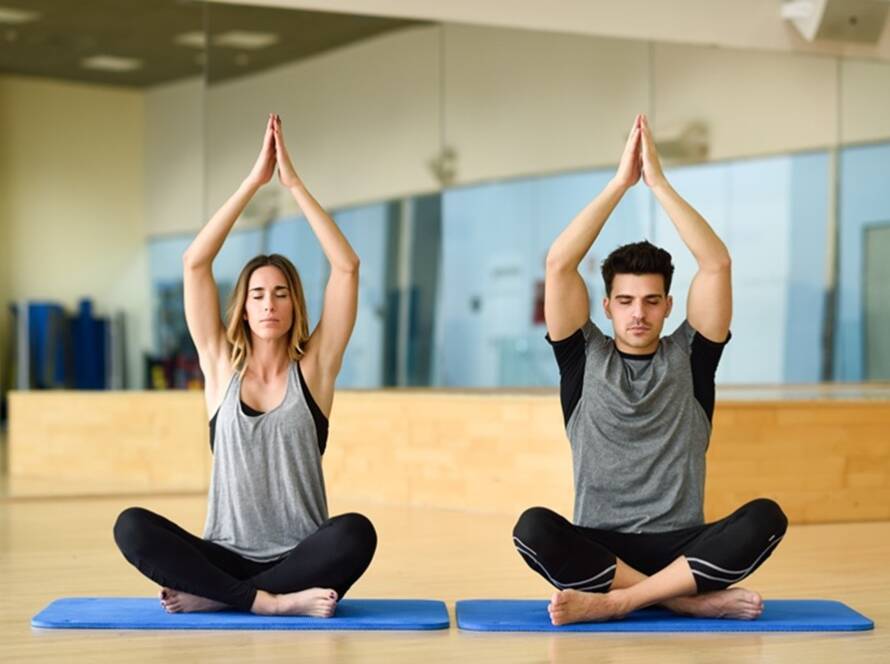🧘♀️ Mindful Practice vs. Meditation: A Journey Through Awareness and Stillness
In today’s fast-paced world, the words “mindfulness” and “meditation” often swirl together in conversations about wellness, inner peace, and spiritual growth. While they share common roots and often overlap, mindful practice and meditation are distinct paths each offering unique gifts to those who walk them.
Let’s explore the subtle yet powerful differences between these two transformative practices.
🌿 What is Mindful Practice?
Mindful practice is the art of being fully present in the moment. It’s about cultivating awareness of your thoughts, emotions, bodily sensations, and surroundings without judgment.
Unlike meditation, which often involves sitting still and turning inward, mindfulness can be woven into everyday life. You can practice mindfulness while walking, eating, working, or even washing dishes. The goal is to anchor your attention to the present moment and observe it with gentle curiosity.
🌸 Key Elements of Mindful Practice:
• Active engagement with your environment
• Non-judgmental awareness of thoughts and feelings
• Intentional presence in routine activities
• Acceptance of what is, without trying to change it
Mindfulness is like a lens that sharpens your perception. It helps you respond rather than react, and it fosters emotional resilience by teaching you to observe your inner world with compassion.
🧘 What is Meditation?
Meditation is a structured practice that typically involves sitting quietly, focusing the mind, and cultivating inner stillness. It’s a deeper inward journey one that invites you to transcend the chatter of the mind and connect with your core essence.
There are many forms of meditation, including:
• Focused attention meditation (e.g., breath, mantra, candle flame)
• Loving-kindness meditation (cultivating compassion)
• Body scan meditation (progressive awareness of physical sensations)
• Transcendental meditation (using mantras to reach deeper states)
Meditation is often practiced in silence or with guided audio, and it usually requires a dedicated time and space. While mindfulness can be spontaneous, meditation is intentional and often ritualistic.
🌼 Key Elements of Meditation:
• Stillness and silence
• Focused concentration or open awareness
• Structured techniques or guidance
• Inner exploration and spiritual connection
Meditation is like diving into the depths of a still lake. It allows you to observe the ripples of thought from a distance and eventually reach the calm beneath.
🌸 How They Complement Each Other
Mindfulness and meditation are not rivals they’re companions. Mindfulness prepares the ground for meditation by training your awareness. Meditation deepens that awareness into insight and serenity.
Think of mindfulness as the practice of walking with awareness, and meditation as the pause that allows you to sit and reflect. Together, they create a holistic path to mental clarity, emotional balance, and spiritual awakening.
🌿 A Spiritual Perspective
From a spiritual lens like that of Vetham Spiritual Trust and similar organizations both mindfulness and meditation are tools for self-realization. Mindfulness helps you observe the ego and its patterns, while meditation helps you dissolve it and connect with the divine.
In yogic traditions, mindfulness aligns with pratyahara (withdrawal of senses), and meditation aligns with dhyana (concentrated meditation). Both are steps on the eightfold path of yoga, leading toward samadhi the ultimate union with universal consciousness.
🌼 Final Thoughts
Whether you’re sipping tea mindfully or sitting in deep meditation, both practices invite you to return to yourself. They are not just techniques they are ways of being.
So, the next time you feel overwhelmed, remember: mindfulness is your anchor, and meditation is your sanctuary.


